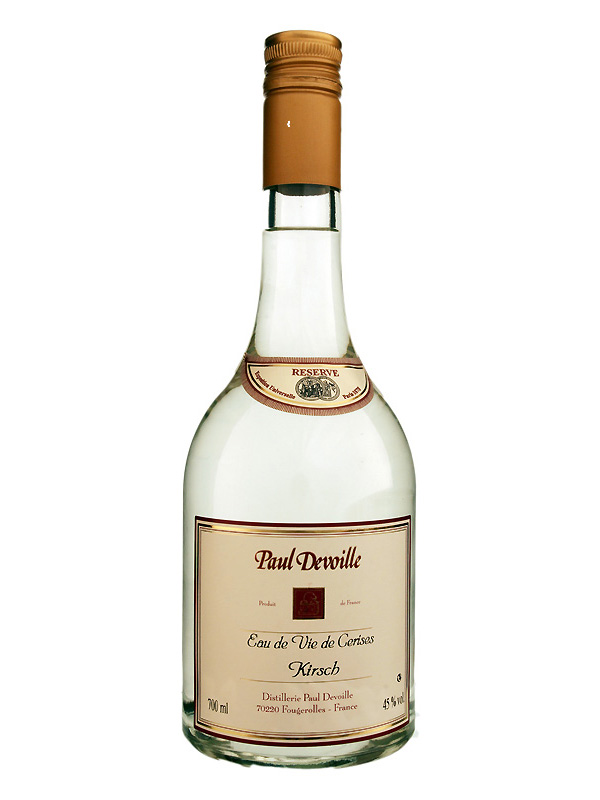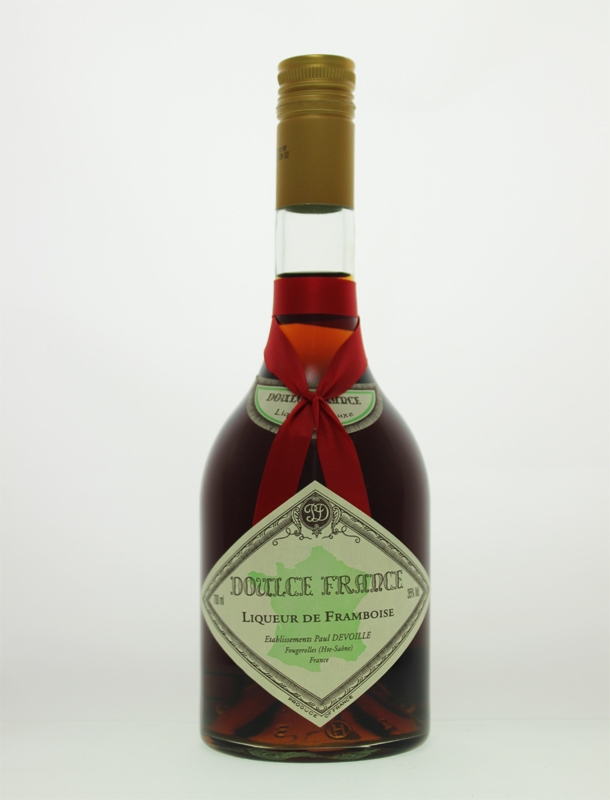Eau de vie (water of life) and eaux de vie (plural)
This is probably the most used term in the cognac industry since it covers the transformation of the wine to a brandy. Cognacs are double distilled, the first distillation will transform the wine to a cloudy liquid with a strength around 27-30 %abv and known as brouillis The second distillation transform the brouillis into a water clear and very strong (67-72 %abv) spirit we call eau de vie which is then aged in oak casks for many years. The eau de vie gradually mellows and changes colour as a result of the chemical (tannins, lignins and hemi-cellulose) contact with the wood. This transformation of eau de vie into good cognac is very slow and can take many decades although most is diluted and sold young, using sugar syrups and caramel to hide the fiery nature of the spirit.
You can also buy ‘eaux de vie’ where various fruits have been added to the wines before distillation. The resulting mixture can be sold as a clear fruit flavoured spirit such as Reserve Eau de Vie de Cerises – Kirsch . Most of these eaux de vie are produced in the Alsace region of France. They are not aged in oak like cognac since this would give them a colour. In some cases they have macerated fruits added which produces a liqueur such as Doulce France – Liqueur de Framboise. The fruit provides a much lower alcoholic strength and a distinctive and usually quite powerful flavour.


